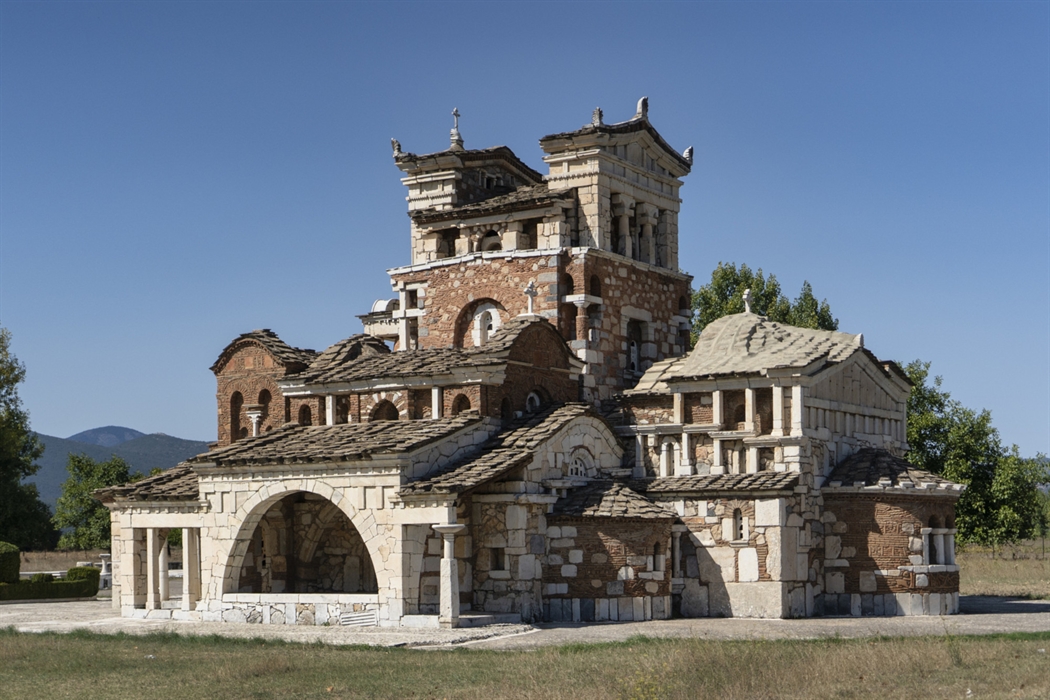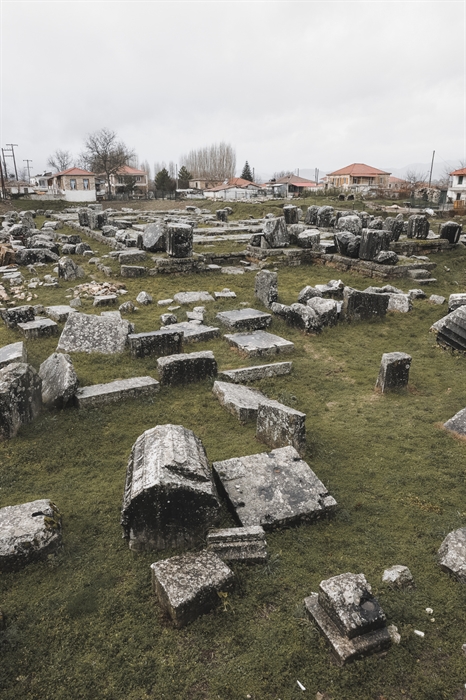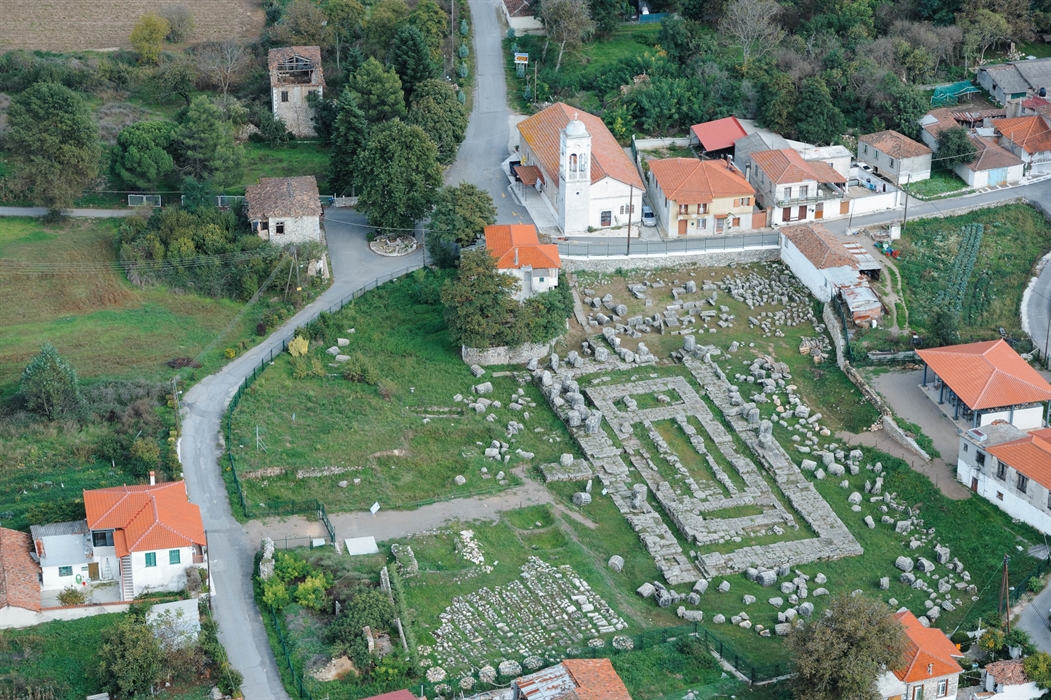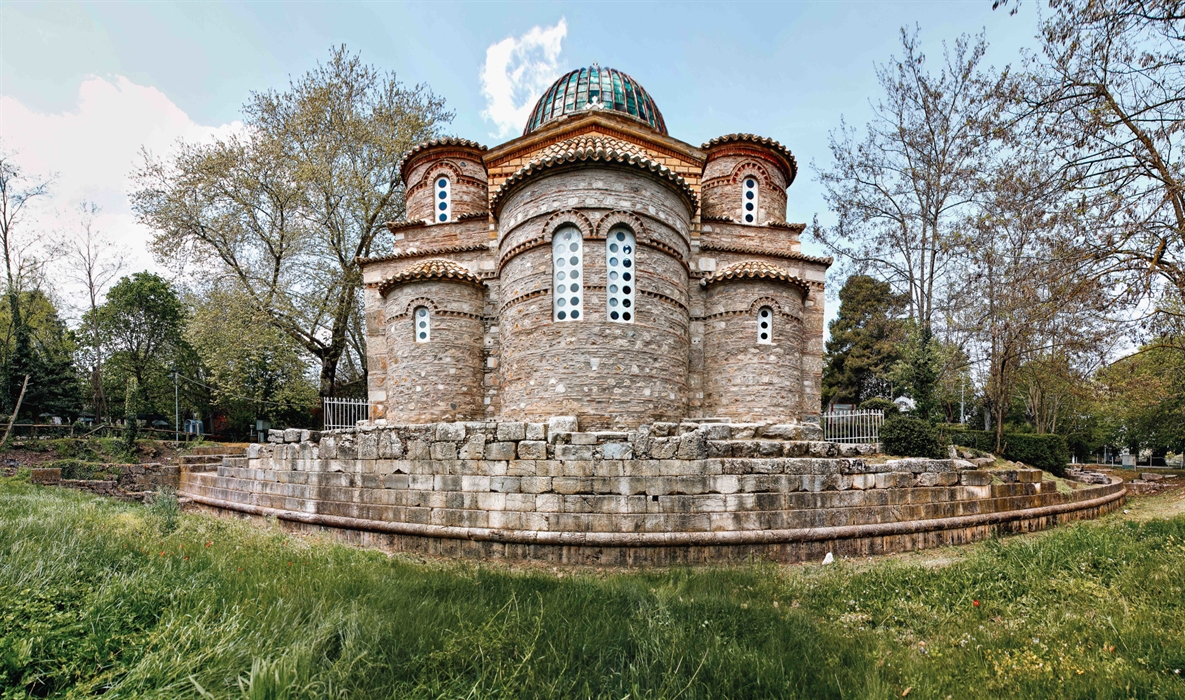Ancient Tegea
The all-marble temple of Alea Athena, which was in the southernmost part of the ancient city of Tegea, is one of the most important temples of the classical era. It played a significant role in the development of monumental architecture and sculpture in Greece, and while only the foundations of the temple remain it is still a fascinating site for anyone with an interest in Ancient Greek architecture.
Short story. The famous temple of Athena Alea was located in the southernmost part of the ancient city of Tegea and the Archaeological Museum of Tegea shows how it changed and evolved over the years.
One of our most important sources of information on the Ancient Greek world, the geographer and traveller Pausanias, tells us that the mythical founder of the sanctuary was Aleos. The excavations carried out here and the findings uncovered show that a female deity was worshiped at the site from Mycenaean times onwards. The site was then connected to the god Athena, and a Doric temple in her honour was built here in the last quarter of the 7th century BC. This temple was destroyed by fire in 395/4 BC and it was found under the foundations of the classical temple from the 4th century BC. You can see the ruins of this temple in the archaeological site.
Τhe all-marble temple of Alea Athena is one of the most important temples of the classical era. Pausanias sites it as having had an influential role in the development of monumental architecture and sculpture in Greece and goes on to tell us that it was larger than the other temples in the Peloponnese. It was respected by all the Peloponnesians, and it provided inviable sanctuary to all those who fled there as supplicants.
Its architectural plans were drawn up by Scopas of Paros, one of the most famous sculptors in antiquity. Inside the cella (inner chamber) there was a cult statue of the goddess Athena, made entirely of ivory. There were also Pentelic marble statues of Asclepius and the goddess Hygieia, the teeth of the Calydonian boar which had been sent by Artemis to ravage the region, and impressive votive offerings.
The archaeological site of Tegea. The ancient city was built on a plain in the location of the current villages of Alea, Episkopi and part of the Stadium settlement. The agora, which was the political, religious and cultural centre, was in the centre of the fortified precinct at Palaia Episkopi. Part of the theatre is preserved under the church of the Dormition. The monument was financed by King Antiochus III the Illustrious and was built in 174 BC. To the west you can see the remains of a three-aisled early Christian basilica and the remains of the agora.
The Byzantine church of the Dormition of the Virgin was the metropolitan church of the Diocese of Amyklon. It has been altered over the years and the church we see today took its final form in 1888. Opposite the west entrance of the church, you can walk through the trees to a few remains of the ruined walls, the marble column dedicated to the Olympic Games and the first torch relay for the Berlin Olympiad (1936).
See also the Folklore Museum of Tegea which has been housed in the impressive stone building of the old school of housecraft since 1996.
Did you know that
Tegea is 9km from Tripoli.
The Pampeloponnesian exhibition of Tegea takes place in August in the Old Bishopric of Tegea (see the section on local products).
Location
Find the destination on the interactive map below.
Categories
Weather
Σχετικό περιεχόμενο χρηστών (UGC)
Ενημερωθείτε για ενδιαφέροντα θέματα γύρω από τον προορισμό μέσα από το περιεχόμενο των χρηστών μας
Discover 7 hidden gems of the Peloponnese
Many of you may have already visited some of the most renowned attractions…
TOP 10 archaeological museums in the Peloponnese
Olympia, Mycenae, Epidaurus, Diros Cave, Ancient Corinth, Messene and…
TOP 10 Castles in the Peloponnese
Castles galore! Mystras, Monemvasia, Palamidi, Methoni, Koroni,…
Newsletters
- About us
- FAQ's
- Map
- Tourism information centers
- Disclaimer
- Sitemap
- Our brand
- Media roum
- Adding your bussiness
- Corporate
- MICE

Peloponnese. Greece beyond the obvious





Design and creation from Cosmote
Marinas and Moorings
Diving centers
Get inspired
- Media gallery
- Blog
- The Peloponnese in the media
- Your feedback
- Users' general content
- Users' local products
- Users' events content
- Ask a local
More
- Accommodation
- Travel agencies
- Restaurants
- Services
- Destinations Map
- Weather
- Public transport
- Events
- Frequently asked questions
- Useful phones
- B2B
- Destination Data
- Contact




